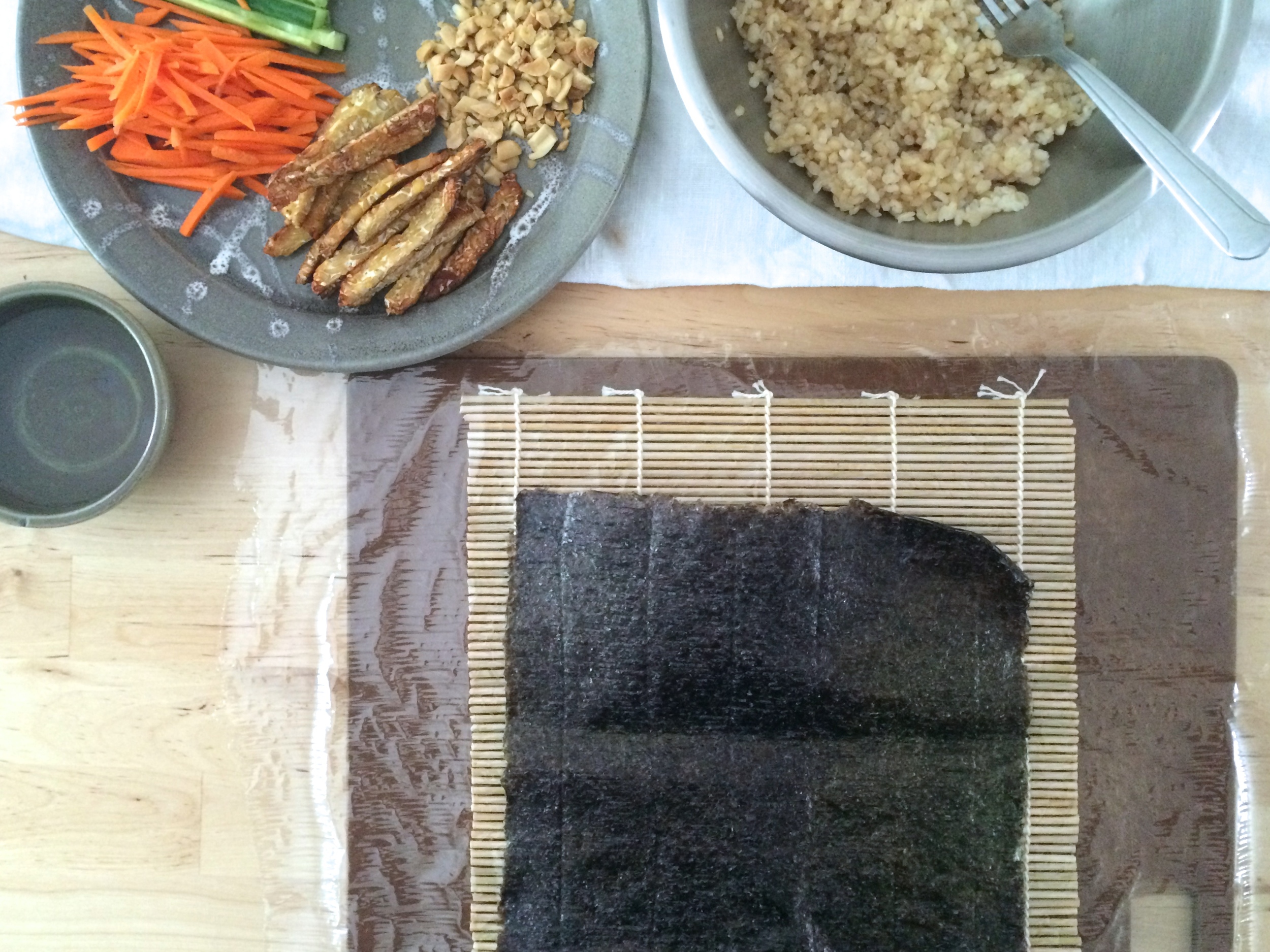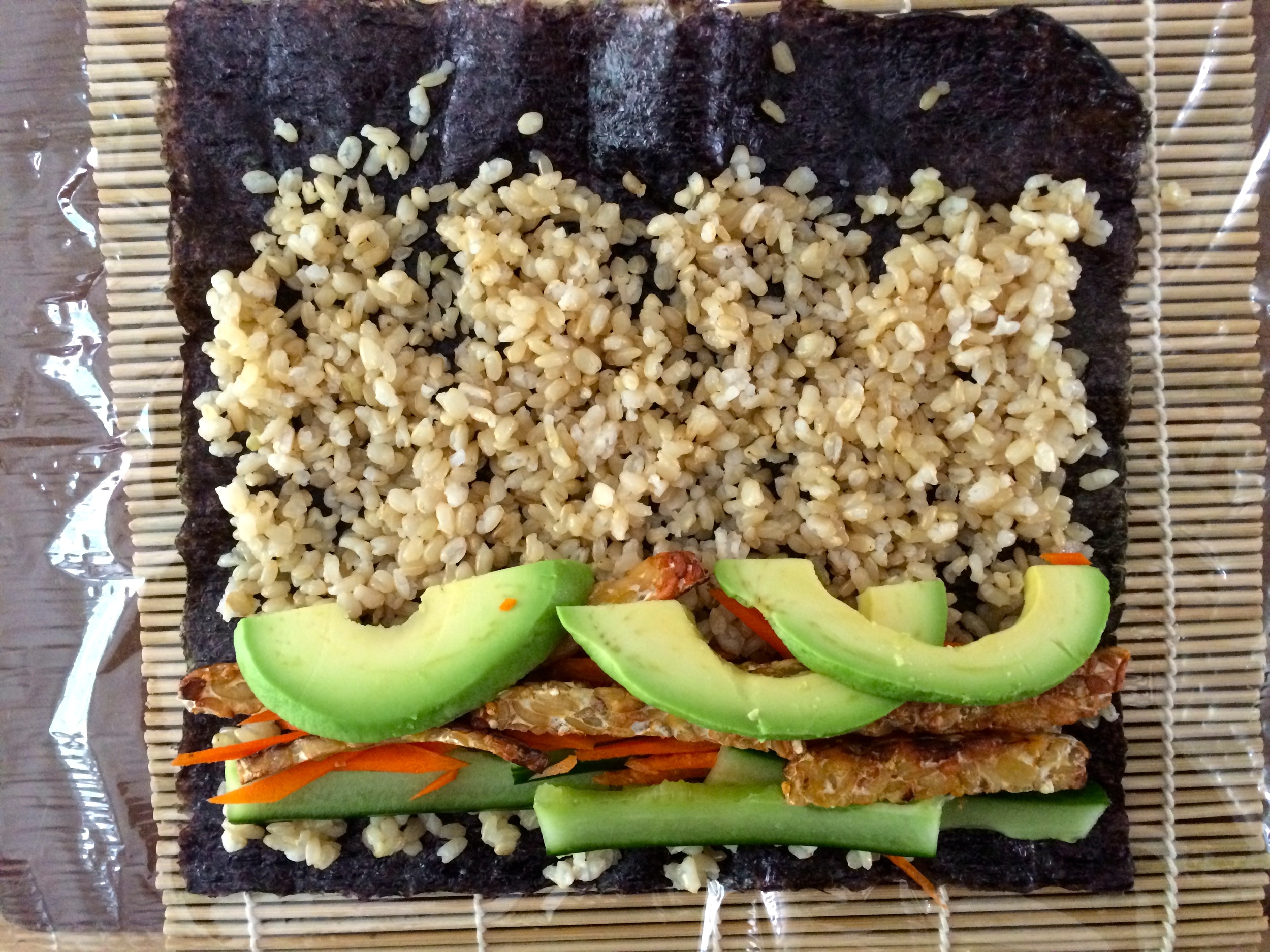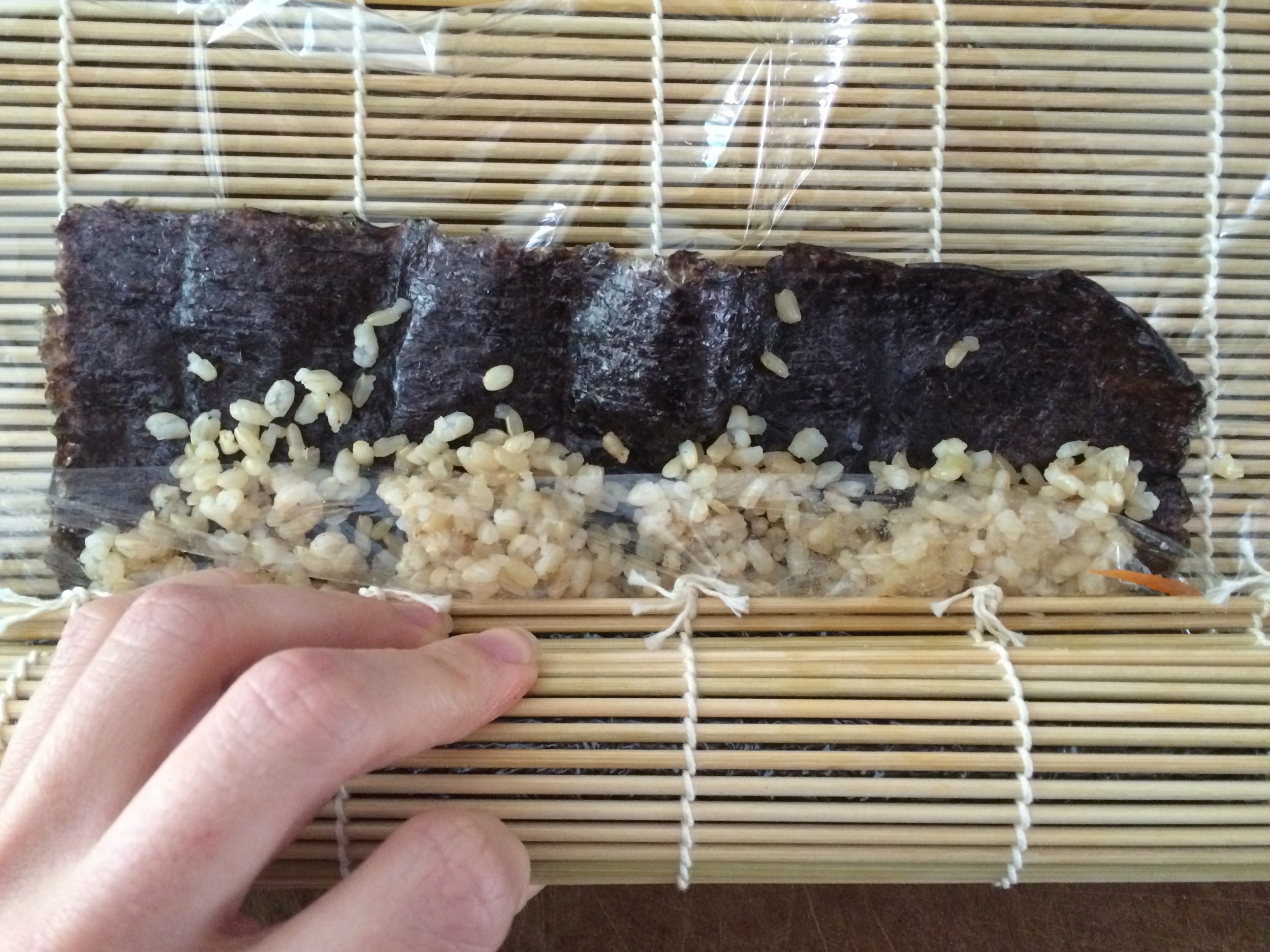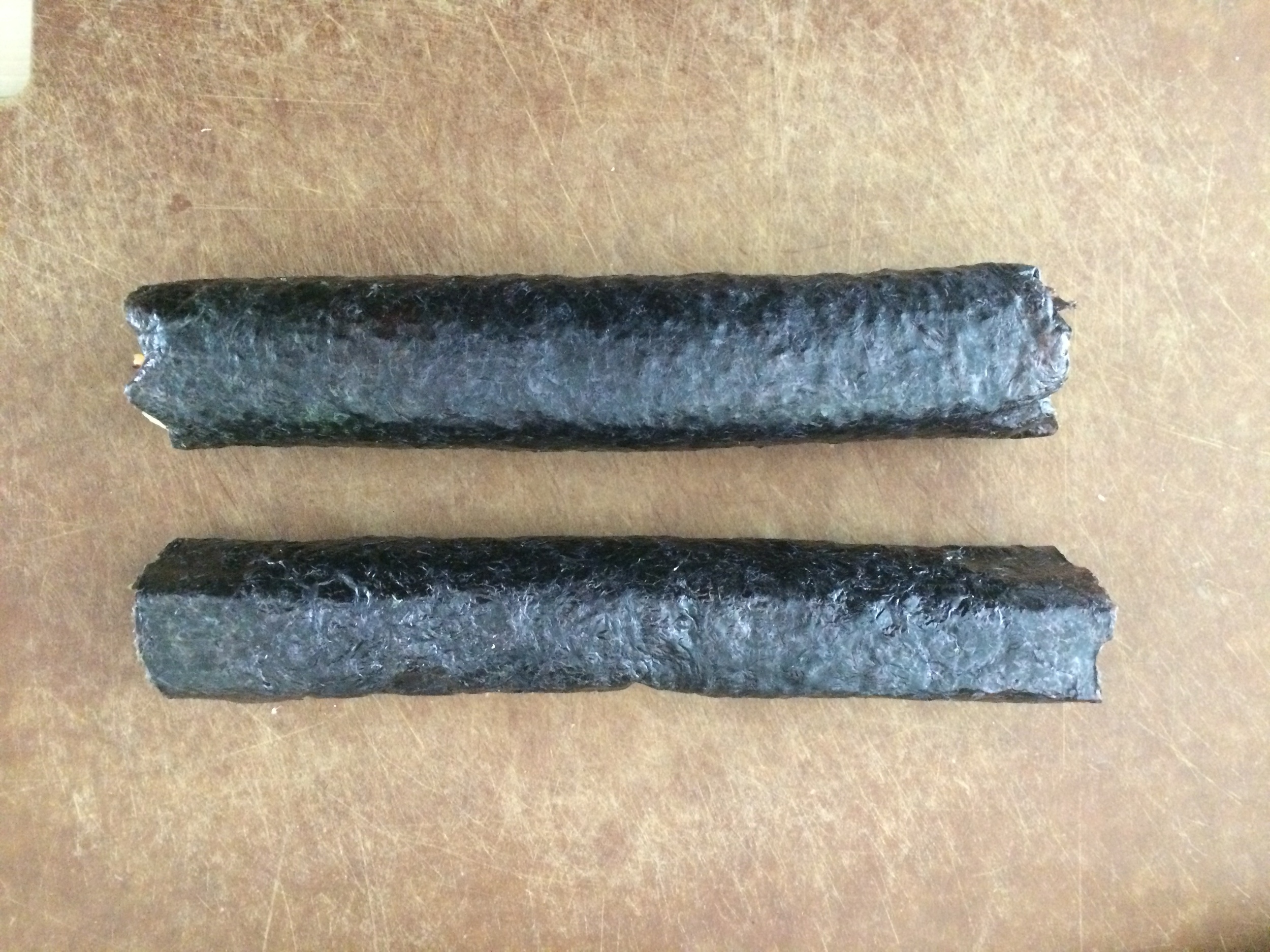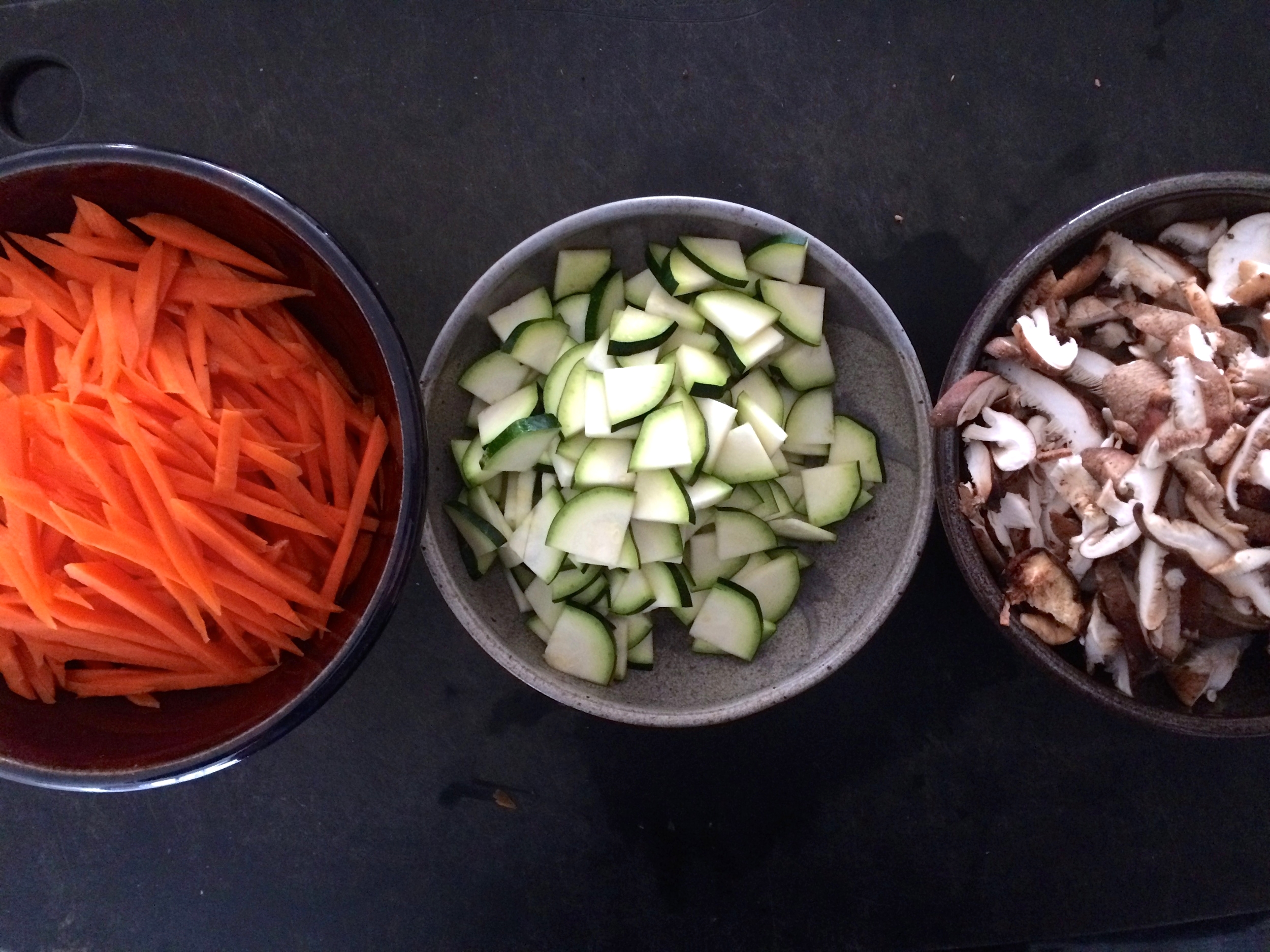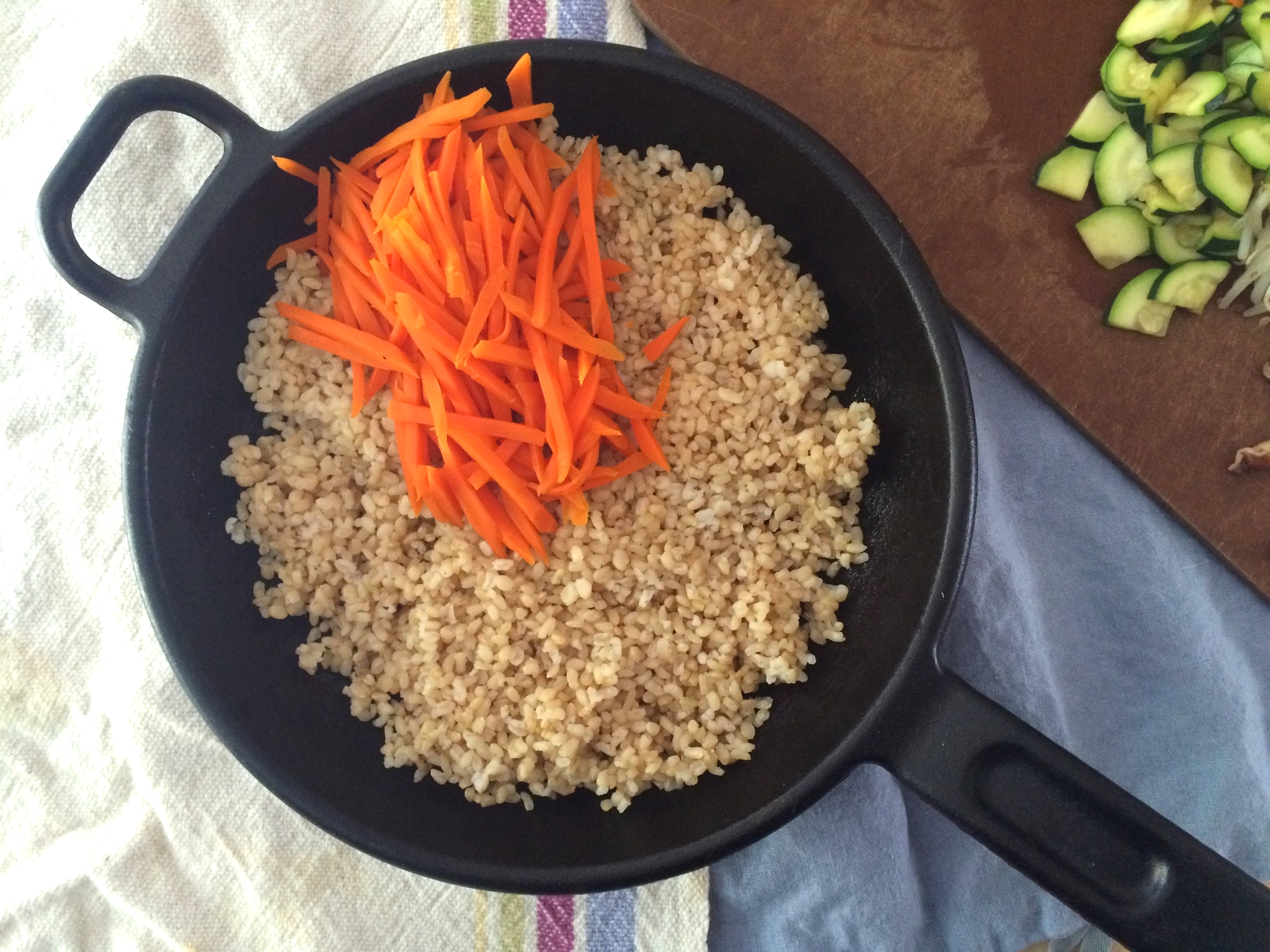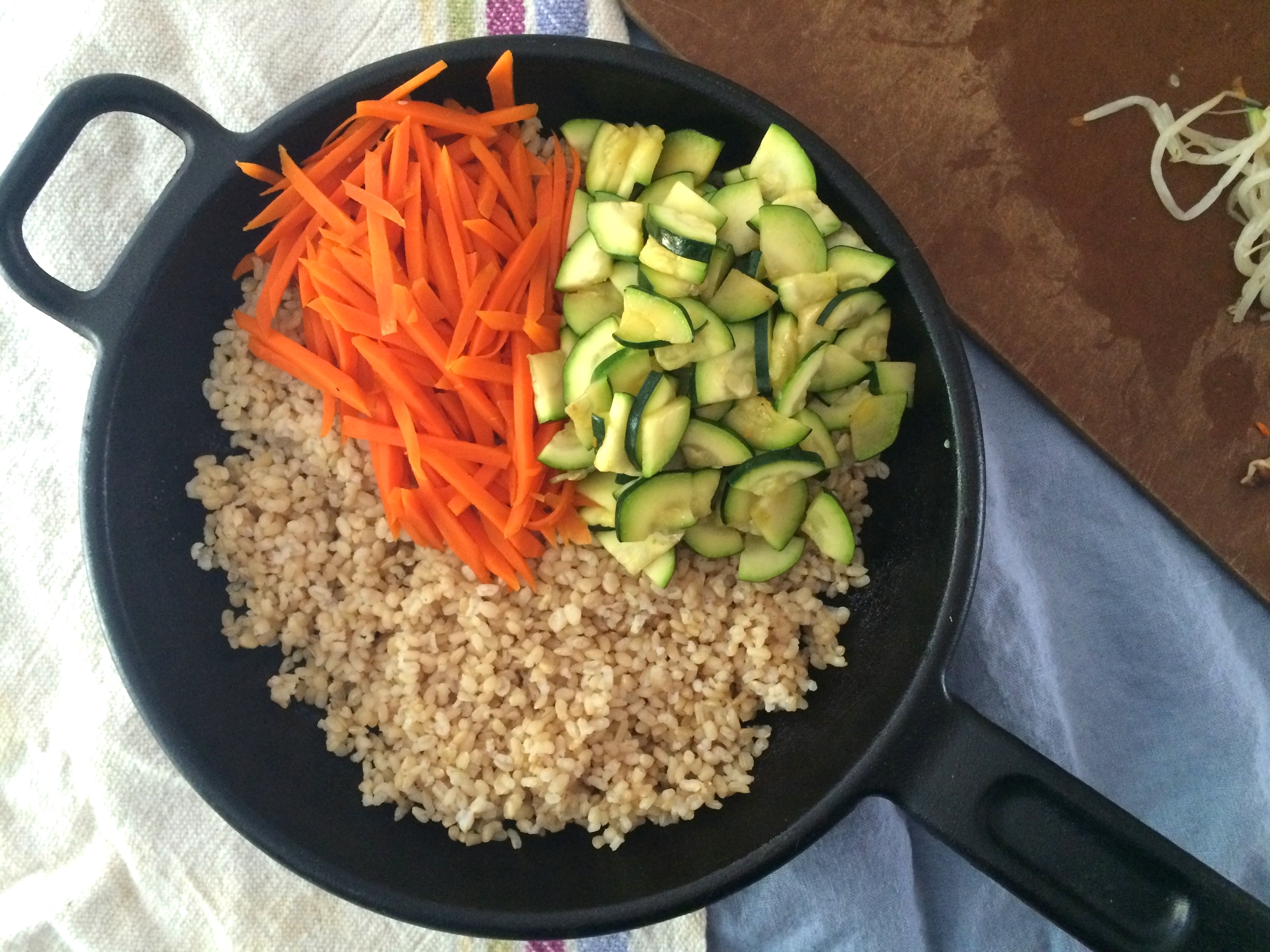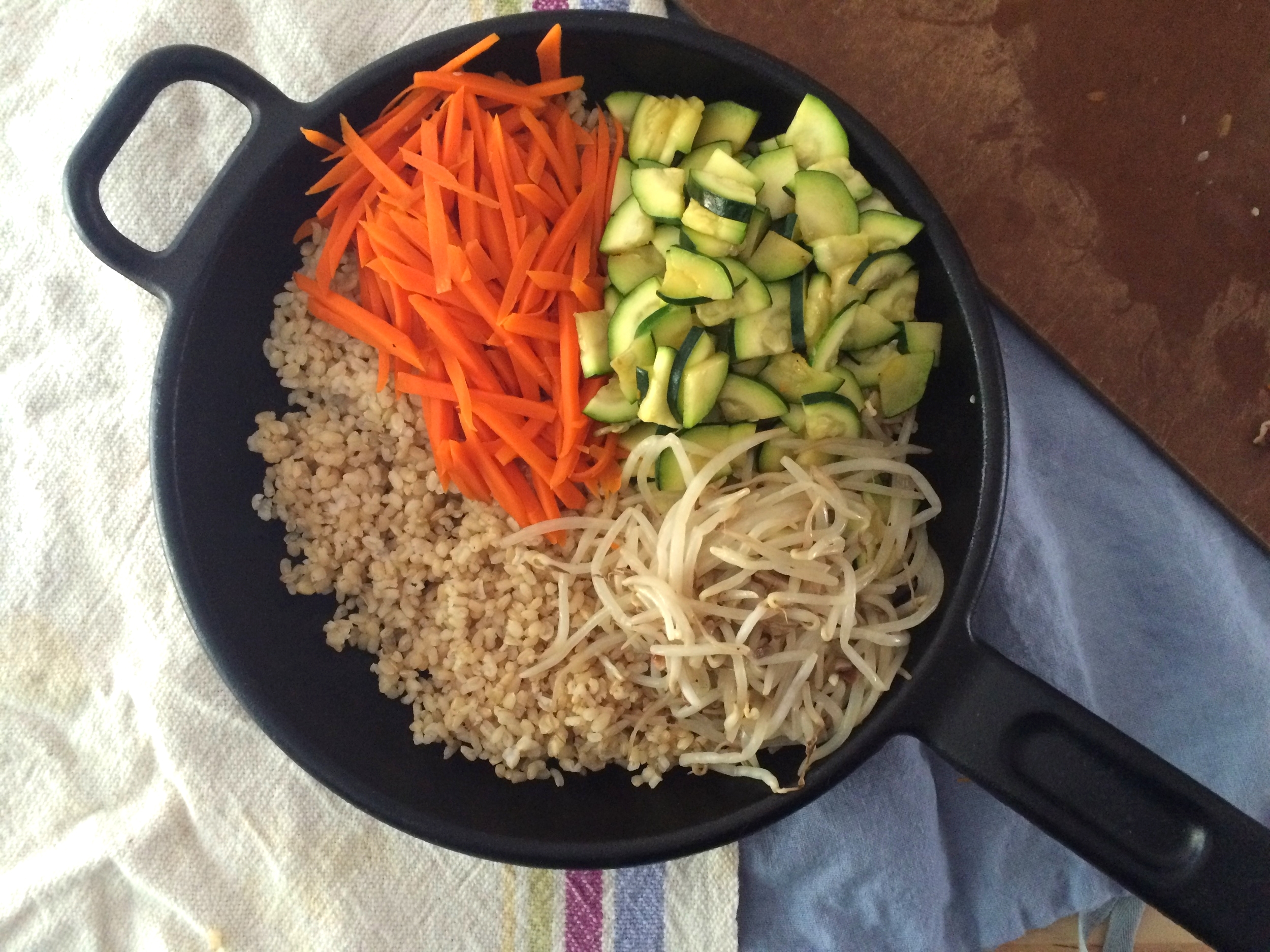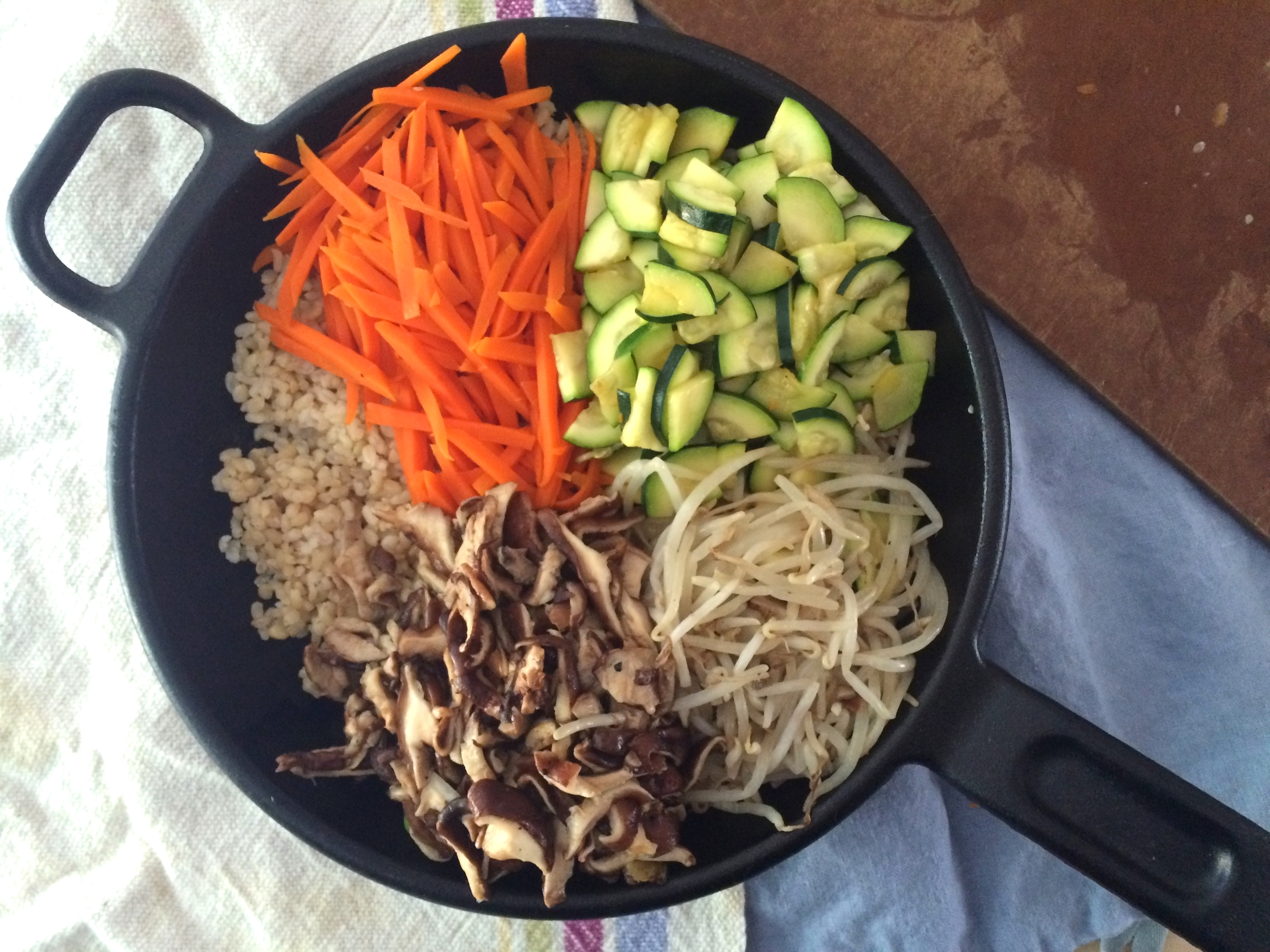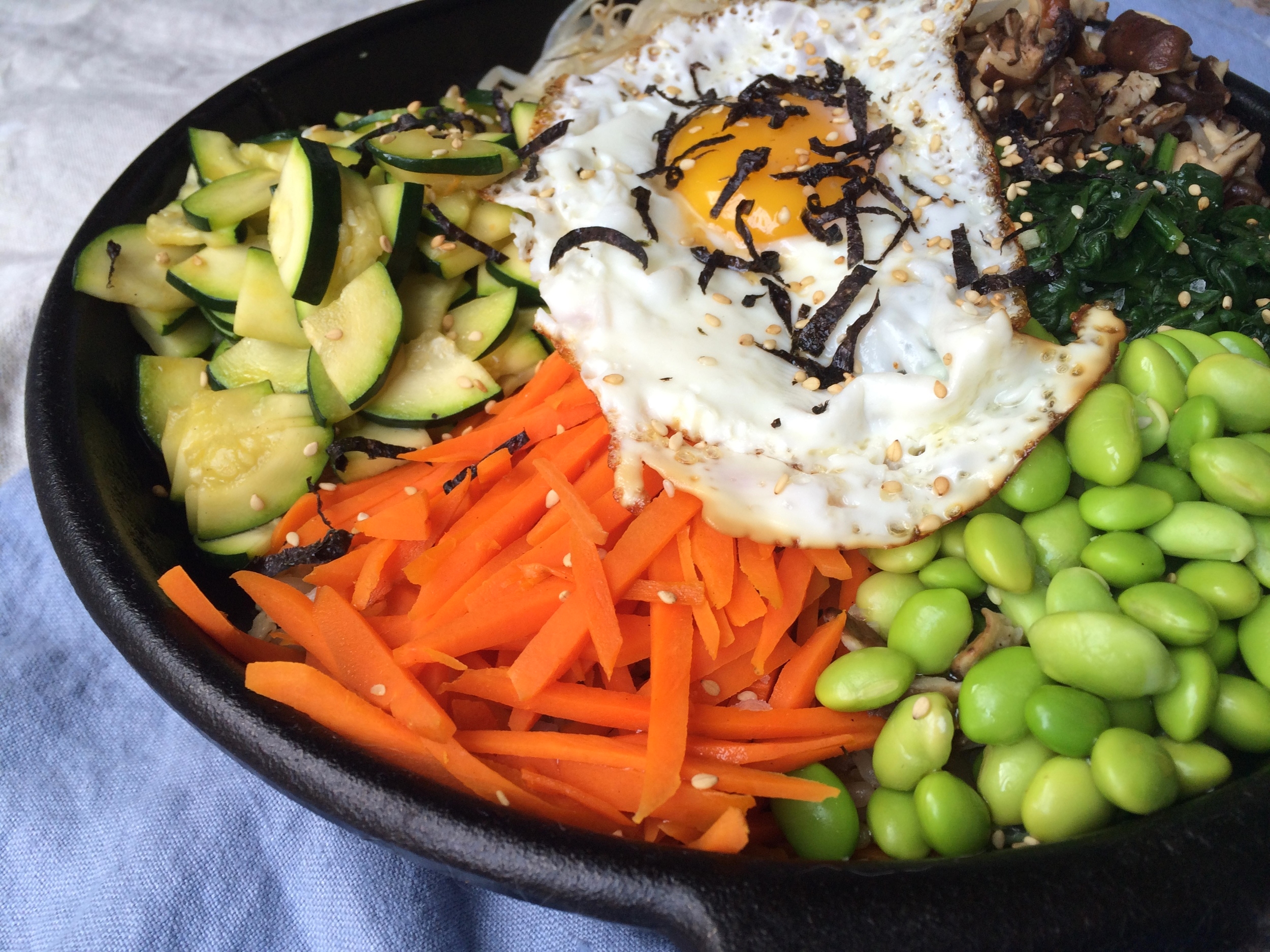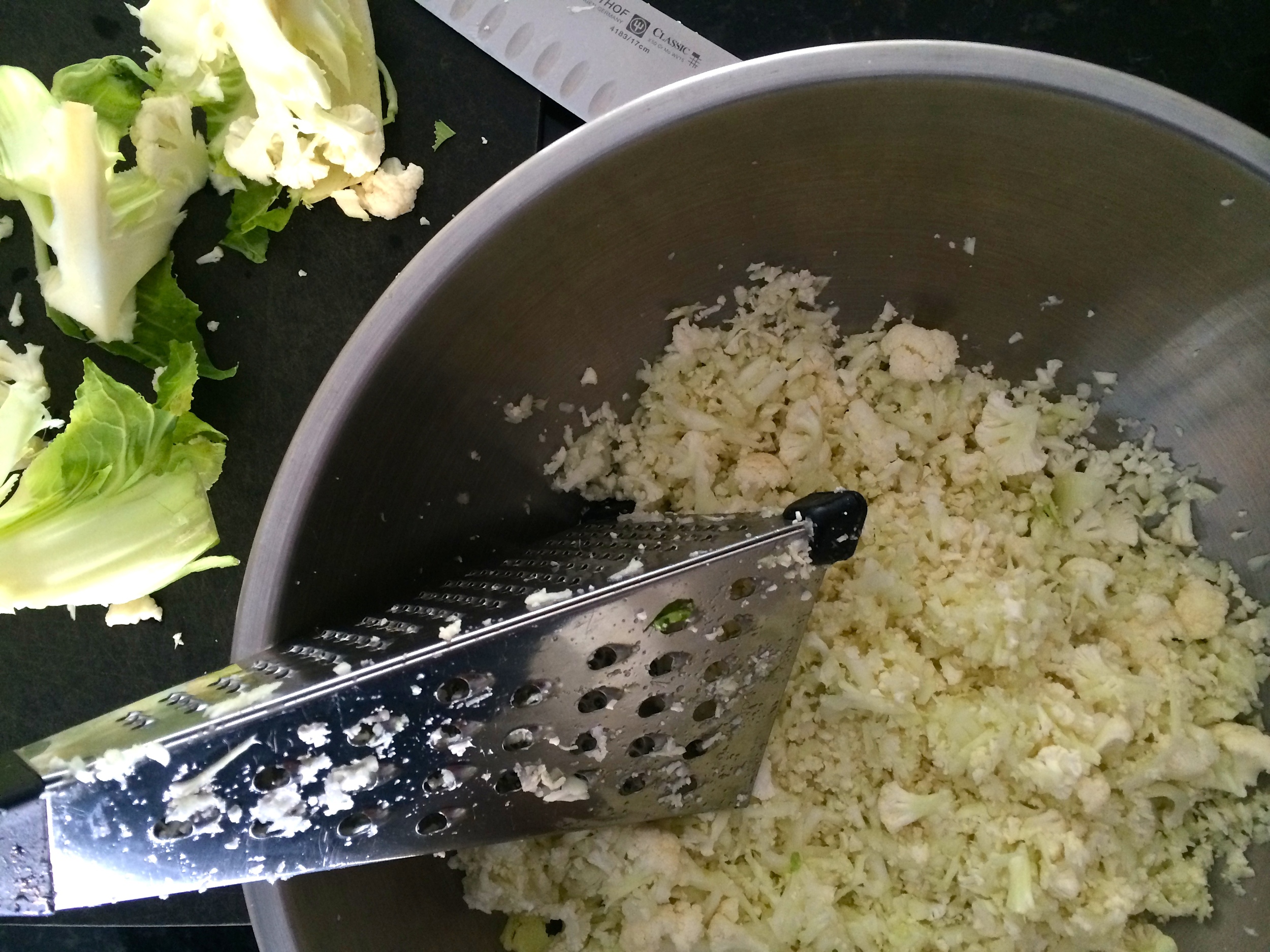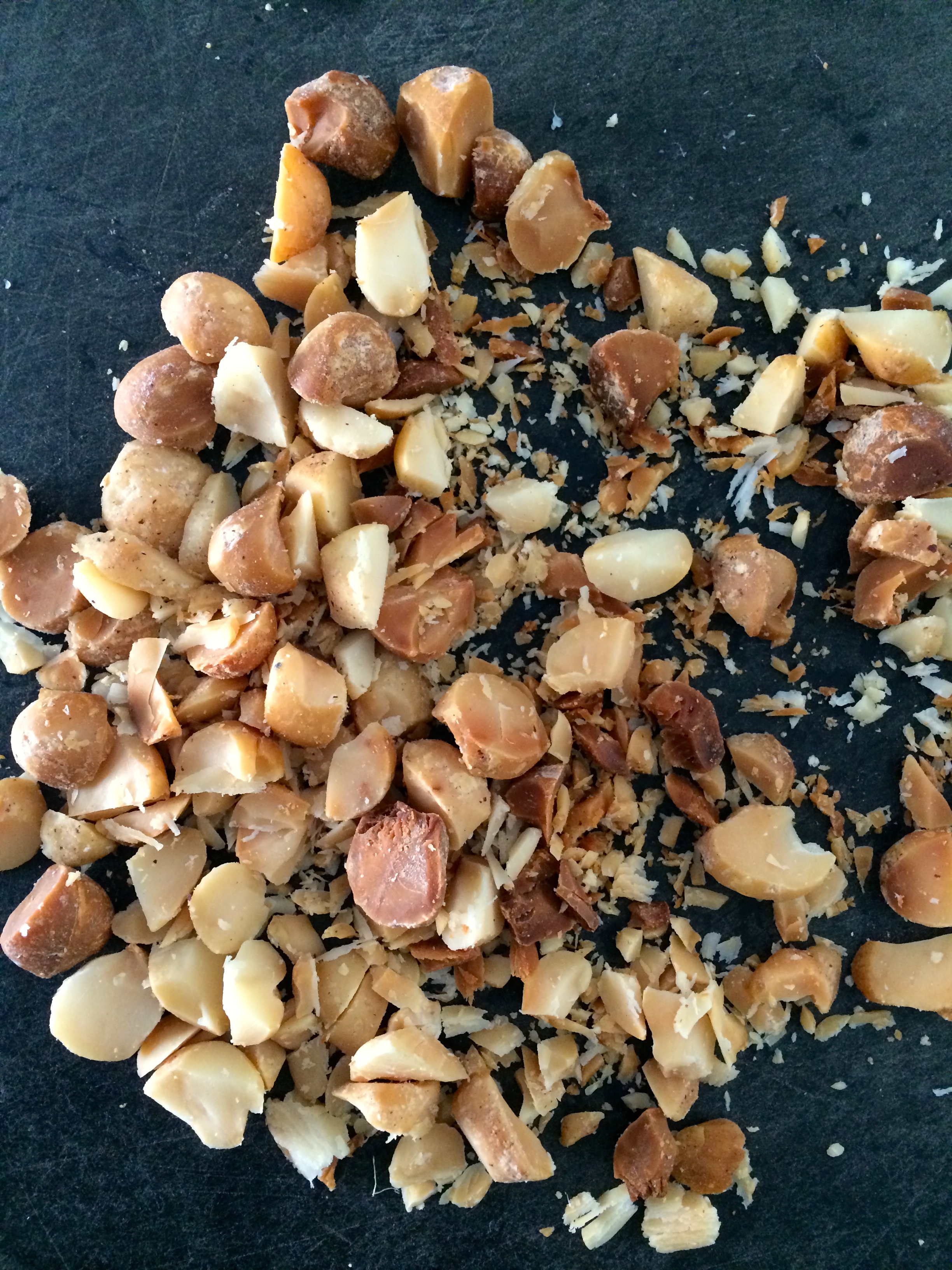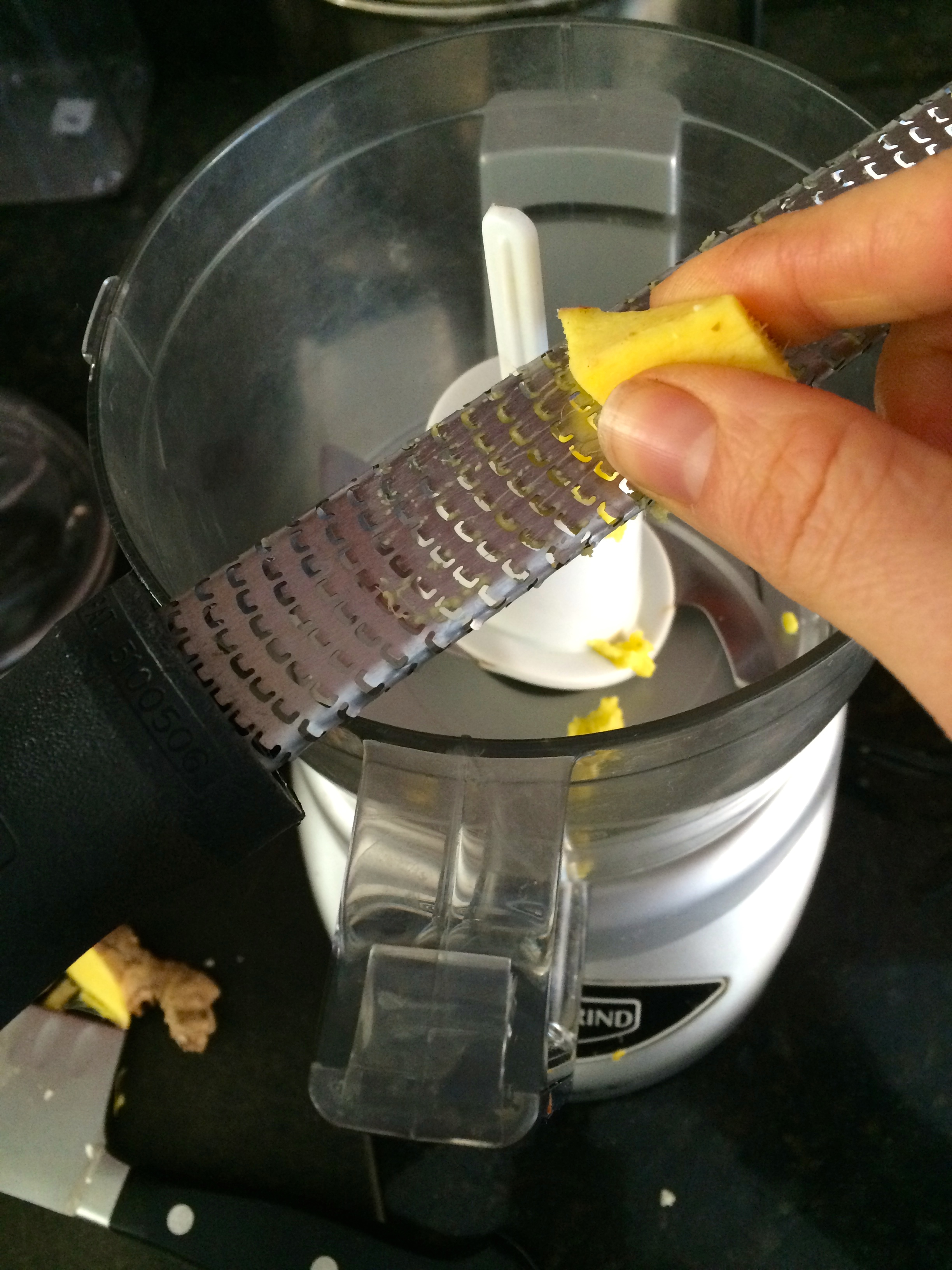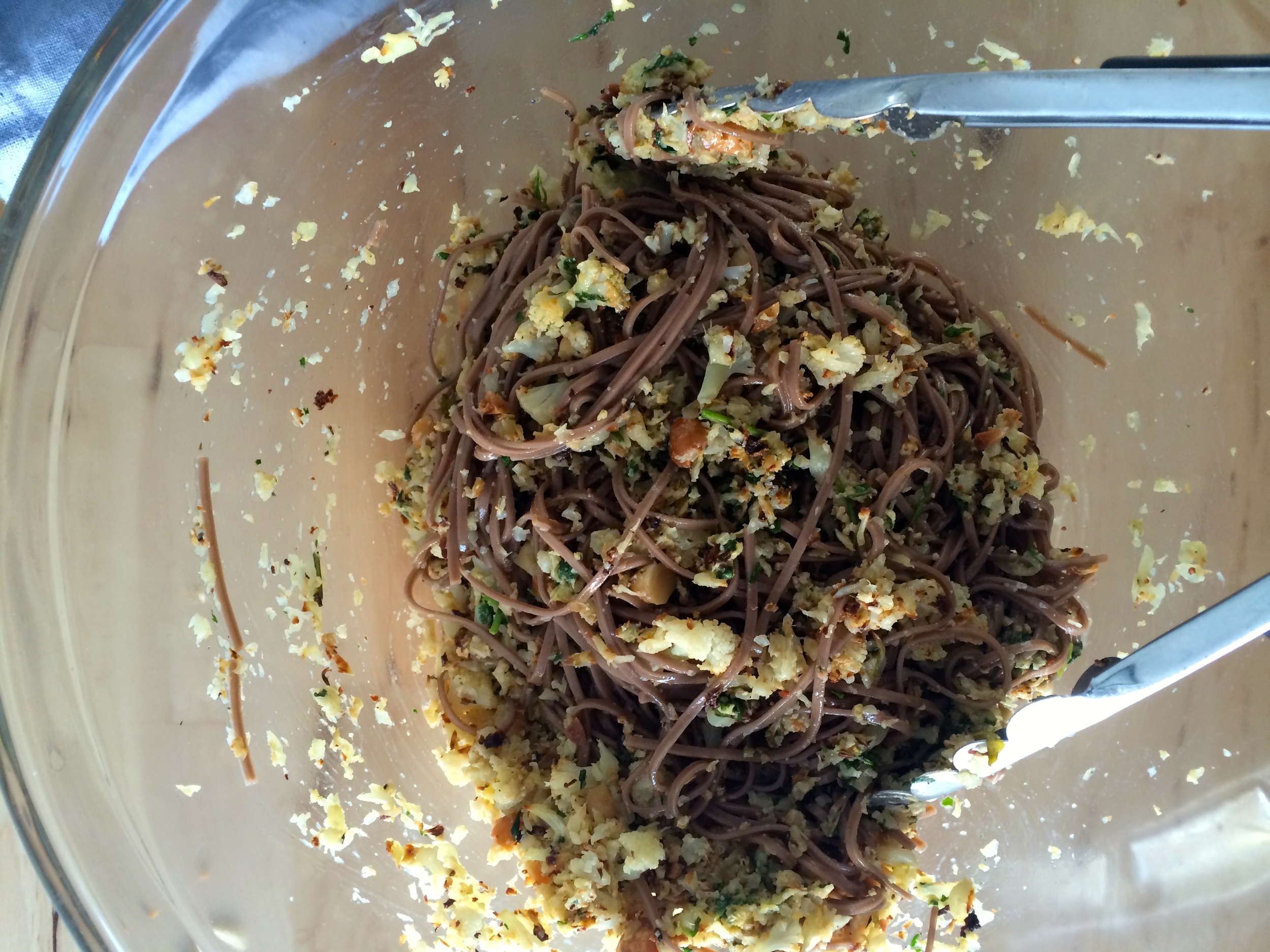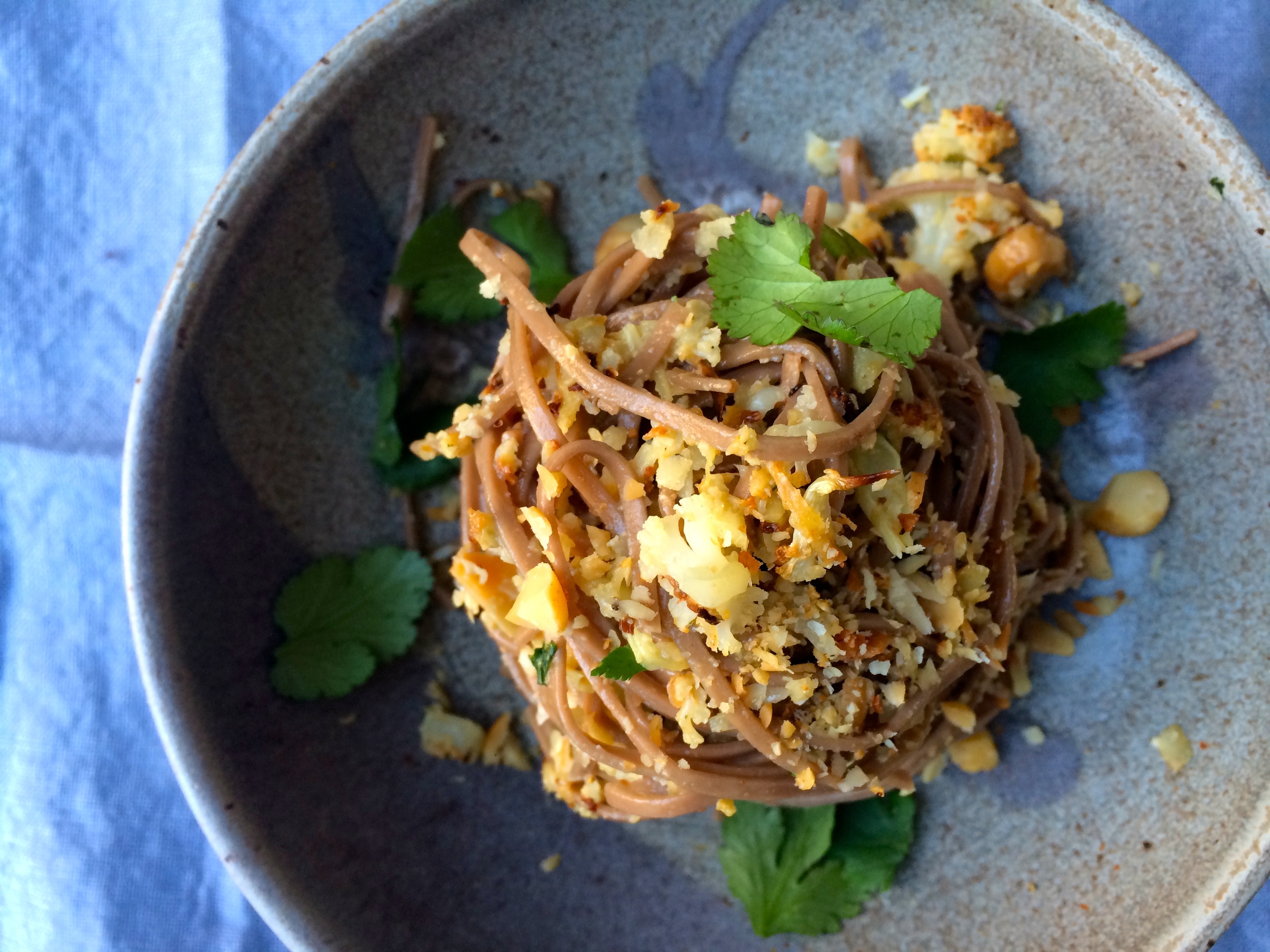One of the main reasons I love eating at Vietnamese restaurants is their summer rolls. Herbaceous, fresh, and clean, they will never go out of style. They are also perfect if you need a break from heavy holiday food. I decided to do a bright autumn version here, and while it is by no means traditional, it is just as bright and clean as the cucumber and carrot version, perhaps just a little more hearty.
I use soba noodles instead of vermicelli, which I believe are a bit easier to cook than vermicelli. Vermicelli can be finicky. It goes from underdone to a gloopy, sticky mess in an eye blink, at least for me who has not spent years perfecting it. So if you have tips on perfecting rice vermicelli, let me know! The soba noodles also pair well with the sesame flavors I have in the tempeh and dipping sauce. The marinated and seared tempeh and creamy avocado play off of each other's textures and add some staying power. To mimic the sweetness of carrots, I add in slices of kabocha squash, and the whole thing comes together in a delicious little roll.
if you have never played with rice paper before, it is rather simple if you know a few tricks. I fill a pie plate half- way with really hot water, get a dish towel ready out on the cutting board or counter (this helps absorb excess water while you assemble), plunge a piece of rice paper in the water for about 15 seconds or so on until softened. I lay the softened rice paper out on the towel and begin layering on the ingredients. The trick is to keep the ingredients nice and compact, much like you would fill a sushi roll or a dumpling. Then fold the sides in like a burrito and roll away. To keep them fresh as you make them, place a damp paper towel or dish towel over the already made spring rolls.
The dipping sauce here is sesame-based rather than peanut or fish sauce-based. You could certainly sub in peanut butter for the tahini, but it will be thicker so you will want to thin out with a little water until the desired consistency is reached.
Tempeh and Squash Sesame Autumn Rolls
Roasted Squash:
1 tablespoon coconut oil or olive oil
1/2 small kabocha squash, sliced in 1/4-inch slices
salt, to taste
Tempeh:
1 tablespoon coconut oil or olive oil
8 ounces tempeh, sliced into 1/4-inch slices
2 teaspoons maple syrup
1 tablespoon low sodium soy sauce or tamari, if gluten-free
2 teaspoons sesame oil
Soba noodles:
6 ounces soba noodles
water
2 teaspoons sesame oil
Sesame Dipping Sauce:
1/2 cup tahini
1 tablespoon low sodium soy sauce or tamari
1 tablespoon rice wine vinegar or fresh lime juice
2 teaspoons maple syrup
2 garlic cloves, minced
1 teaspoon freshly grated ginger
salt and pepper, to taste
hot sauce or Sriracha, optional
Rolls:
12-15 pieces of rice paper
1 small head red leaf lettuce, leaves washed and excessive water removed
roasted kabocha squash
seared tempeh
1 avocado, sliced thinly
handful fresh cilantro, for serving
sesame seeds, optional, for serving
Roast squash. Preheat oven to 400 degrees Fahrenheit. Line a baking sheet with parchment paper. Toss kabocha with tablespoon oil, and arrange in single layer. Bake for 25-30 minutes or until golden.
Prepare tempeh. Mix maple syrup, low sodium soy sauce, and sesame oil together in a bowl. Add tempeh and toss to coat. Heat 1 tablespoon coconut oil in a skillet over medium heat. Add tempeh and cook on both sides until golden, about 5 minutes. Remove from heat.
Cook soba noodles. Bring pot of water to a boil. Add soba and cook for 5-7 minutes or until just done but not mushy. Start tasting at the 4 1/2 minute mark. Drain in colander and rinse with cold water until cool. Drain thoroughly and toss with 1 teaspoon sesame oil to prevent sticking.
Make dipping sauce. Combine tahini, soy sauce or tamari, rice wine vinegar, maple syrup, garlic, and ginger in a bowl. Season to taste with salt and pepper and add hot sauce, if using.
Prepare rolls. Fill a large shallow dish such as a pie plate half-way with steaming water. Add rice paper and allow to soak until softened, about 15 seconds. Place on a clean towel and layer ingredients on one end, starting with a small piece of red leaf lettuce, soba noodles, avocado, tempeh, kabocha, cilantro, sesame seeds, if using, and a drizzle of the dipping sauce. Roll up like a burrito, starting with the sides, and then roll up tightly. Place a damp towel over rolled pieces while repeating with remaining ingredients, heating water as necessary. Serve with dipping sauce and additional herbs, if desired. Enjoy! Makes 12-15 summer rolls.







